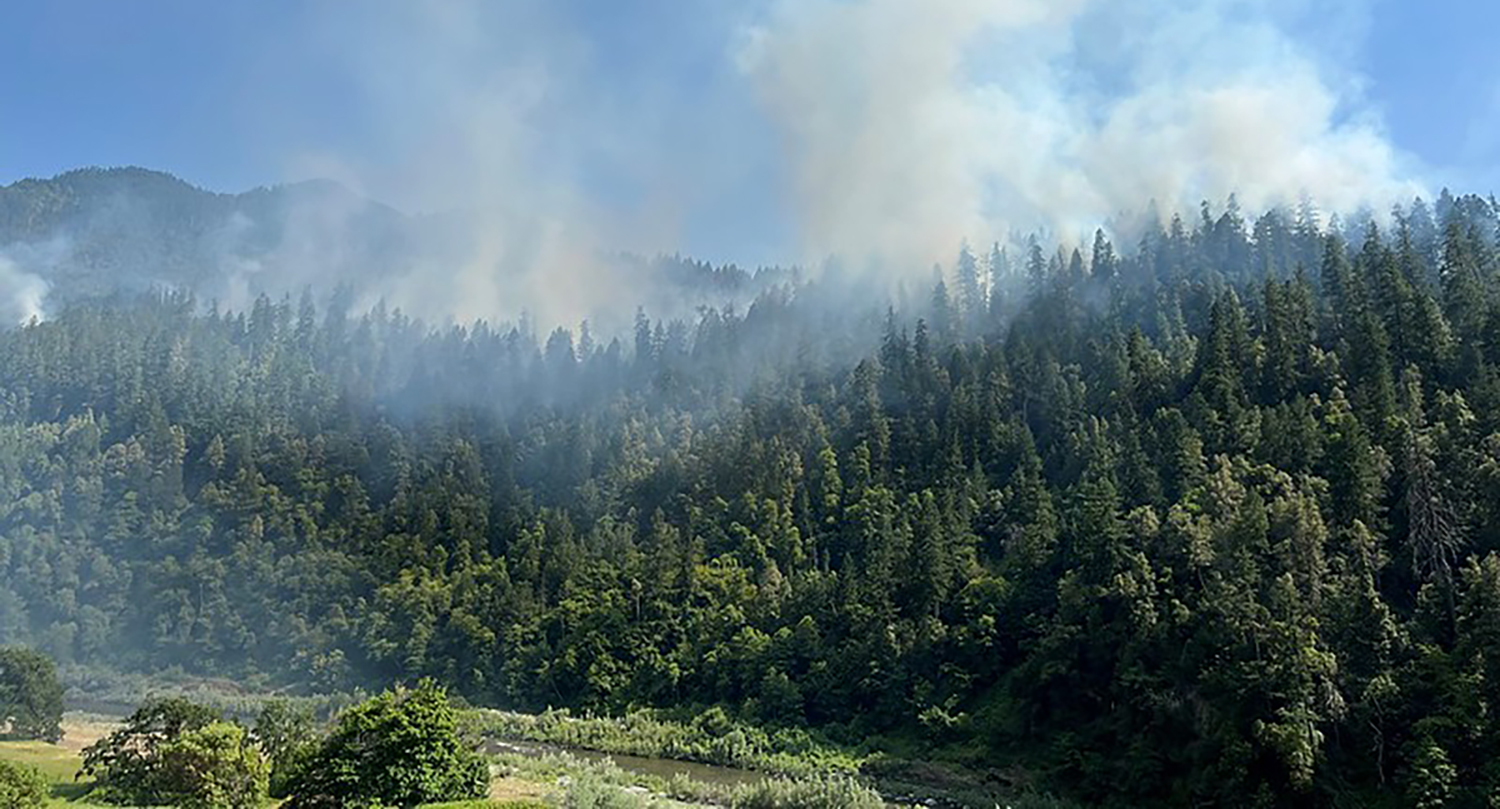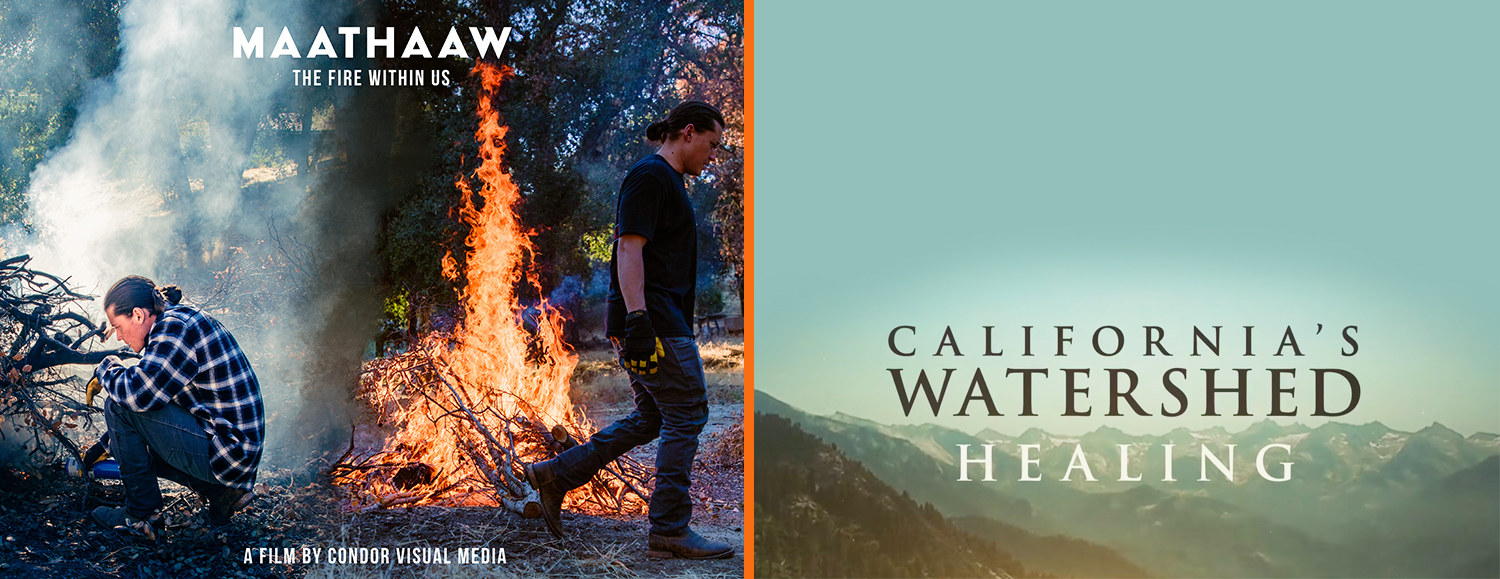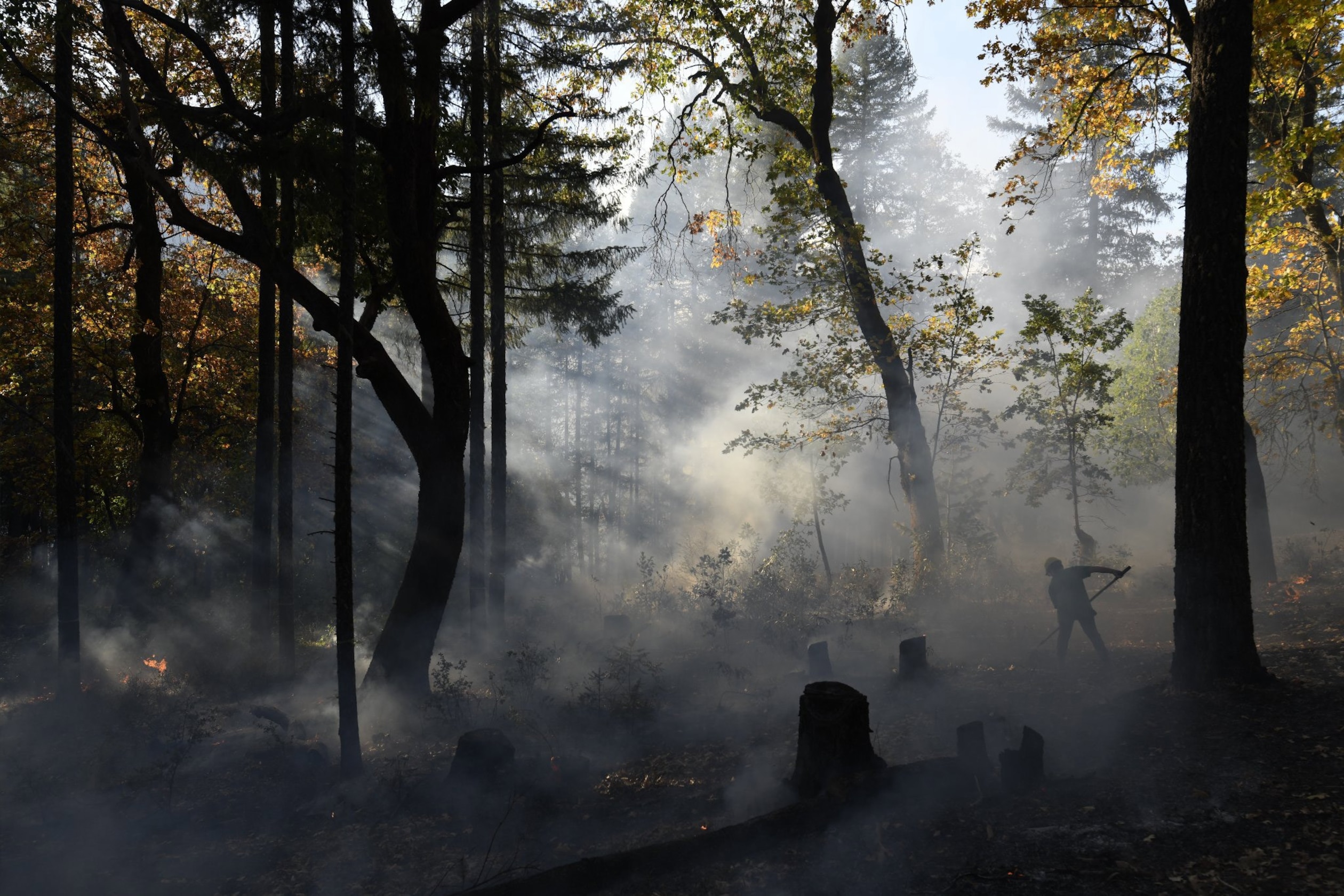Karuk Tribe Showcases Indigenous Stewardship’s Role in Forest Resilience

Karuk Tribe Showcases Indigenous Stewardship’s Role in Forest Resilience
The Karuk Tribe teamed up with Oregon State University (OSU) researchers to create a novel computer simulation model that showcases Indigenous fire stewardship’s role in forest ecosystem health. The project explored the impact of cultural burning at a landscape scale, focused on 1,000 square miles of Karuk Aboriginal Territory in the western Klamath Mountains of northern California.
The Karuk Tribe Department of Natural Resources and OSU scientists developed historical estimates for cultural ignition locations, frequency, and timing, which showed that cultural burning was extensive across the landscape, with an estimated 6,972 cultural ignitions occurring annually, averaging about 6.5 ignitions per year for each Indigenous fire steward. It is important to note that this information is not new and has been held by Karuk Tribal members for millennia.
Two New Films Showcase Paths to Heal CA’s Relationships with Fire and Watersheds

New Films Showcase Paths Forward to Heal California’s Relationships with Fire and Watersheds
MAATHAAW: The Fire Within Us
A powerful, Indigenous-led research documentary created by the Condor Visual Media team with support from the Climate Science Alliance, this film documents the cultural, emotional, and scientific relationships of Southern California Tribes with the gift of fire. The film features cultural practitioners who were part of a panel on Cultural Fire and Indigenous Stewardship at our recent Southern California Task Force meeting. The project is still in production with an anticipated release in Spring 2024. However, you can watch the informative and inspiring 12-minute extended trailer now! Learn more about the project and donate here.
California’s Watershed Healing
Documenting how restoring forests to healthier densities has cascading benefits starting from headwaters to watersheds and ultimately to the state’s water supply, this beautiful film features an array of Task Force partners and makes a compelling case for California to better align goals for forest, wildfire, watershed, and landscape resilience. The full-length film created by UC’s Center for Ecosystem Climate Solutions and the nonprofit Chronicles Group is available to watch here.
This Indigenous Practice Fights Fire With Fire

This Indigenous Practice Fights Fire With Fire
For decades, the U.S. government evangelized fire suppression, most famously through Smokey Bear’s wildfire prevention campaign. But as climate change continues to exacerbate wildfire seasons and a growing body of scientific research supports using fire to fight fire, Indigenous groups in the Klamath Basin are reviving cultural burning practices that effectively controlled forest fires for centuries. National Geographic photographer Kiliii Yüyan introduces us to people bringing back this cultural practice and teaching the next generation how to use fire.
